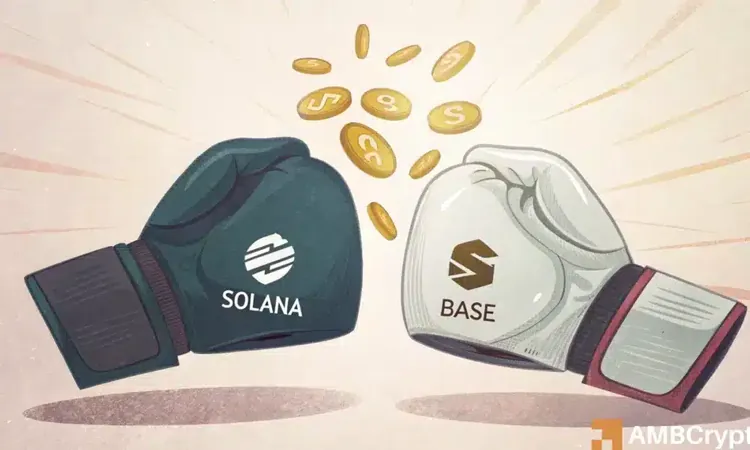
Unveiling the Mystery of Lone Spinons: A Quantum Breakthrough in Magnetism
2025-07-07
Author: Olivia
A Quantum Leap in Understanding Magnetism
Groundbreaking research from physicists at the University of Warsaw and the University of British Columbia has revealed how a lone spinon—an exotic quantum excitation representing a single unpaired spin—can emerge in magnetic models. This pivotal discovery not only enhances our understanding of magnetism itself but may also pave the way for revolutionary advancements in technologies like quantum computing and innovative magnetic materials.
From Ancient Compasses to Cutting-Edge Technology
Magnetism has captivated humanity since ancient times, beginning with the discovery of naturally magnetized magnetite. These early findings led to the creation of the first compasses in 11th-century China, which transformed navigation. Today, magnets are integral to various technologies, from computer memory and speakers to electric motors and medical devices, even serving as charming souvenirs from our travels.
The Evolution of Magnetic Understanding
Despite its extensive applications, the nature of magnetism remained shrouded in mystery for centuries. Pioneering scientists like Niels Bohr and Hendrika Johanna van Leeuwen exposed the inadequacies of classical physics in explaining magnetism. It was only through the advent of quantum mechanics in the 1920s that researchers understood the magnetic properties of materials stem from electron spin interactions, a fundamental characteristic of elementary particles.
The Birth of Spinons
In 1931, Hans Bethe introduced a key quantum model of magnetism: the one-dimensional Heisenberg model. Decades later, Ludwig Faddeev and Leon Takhtajan uncovered a remarkable phenomenon where an electron's spin could effectively "split" into two lesser-known particles called spinons, which contribute to the system’s total spin in increments of 1/2.
Unlocking the Lone Spinon
For years, it was believed that spinons only existed in pairs, diminishing the allure of their uniqueness. However, the latest findings published in Physical Review Letters demonstrate that a single spinon can be created simply by introducing one additional spin into the ground state of the one-dimensional Heisenberg model.
The Valence-Bond Solid Connection
Moreover, the researchers found that this phenomenon also applies to a simplified model known as the valence-bond solid (VBS), where spins are paired systematically. In this model, a spinon can be visualized as an unpaired spin navigating through a sea of paired spins.
Confirming the Theory
Excitingly, this theoretical prediction was substantiated by experimental results documented by Zhao and colleagues in their March publication in Nature Materials, affirming the existence of these elusive spinons.
Significance for Future Technologies
This discovery is not just a theoretical triumph; it lays the groundwork for deeper exploration into the quantum aspects of magnetism. Spinons exemplify the profound interactions between electrons and quantum phenomena, which are crucial for understanding high-temperature superconductivity and other significant effects in quantum liquids. Furthermore, the principles of quantum entanglement drive advancements in quantum computing.
In the words of Professor Krzysztof Wohlfeld from the University of Warsaw, "Our research not only enhances our knowledge of magnets but can also have far-reaching implications for various fields of physics and technology."









 Brasil (PT)
Brasil (PT)
 Canada (EN)
Canada (EN)
 Chile (ES)
Chile (ES)
 Česko (CS)
Česko (CS)
 대한민국 (KO)
대한민국 (KO)
 España (ES)
España (ES)
 France (FR)
France (FR)
 Hong Kong (EN)
Hong Kong (EN)
 Italia (IT)
Italia (IT)
 日本 (JA)
日本 (JA)
 Magyarország (HU)
Magyarország (HU)
 Norge (NO)
Norge (NO)
 Polska (PL)
Polska (PL)
 Schweiz (DE)
Schweiz (DE)
 Singapore (EN)
Singapore (EN)
 Sverige (SV)
Sverige (SV)
 Suomi (FI)
Suomi (FI)
 Türkiye (TR)
Türkiye (TR)
 الإمارات العربية المتحدة (AR)
الإمارات العربية المتحدة (AR)